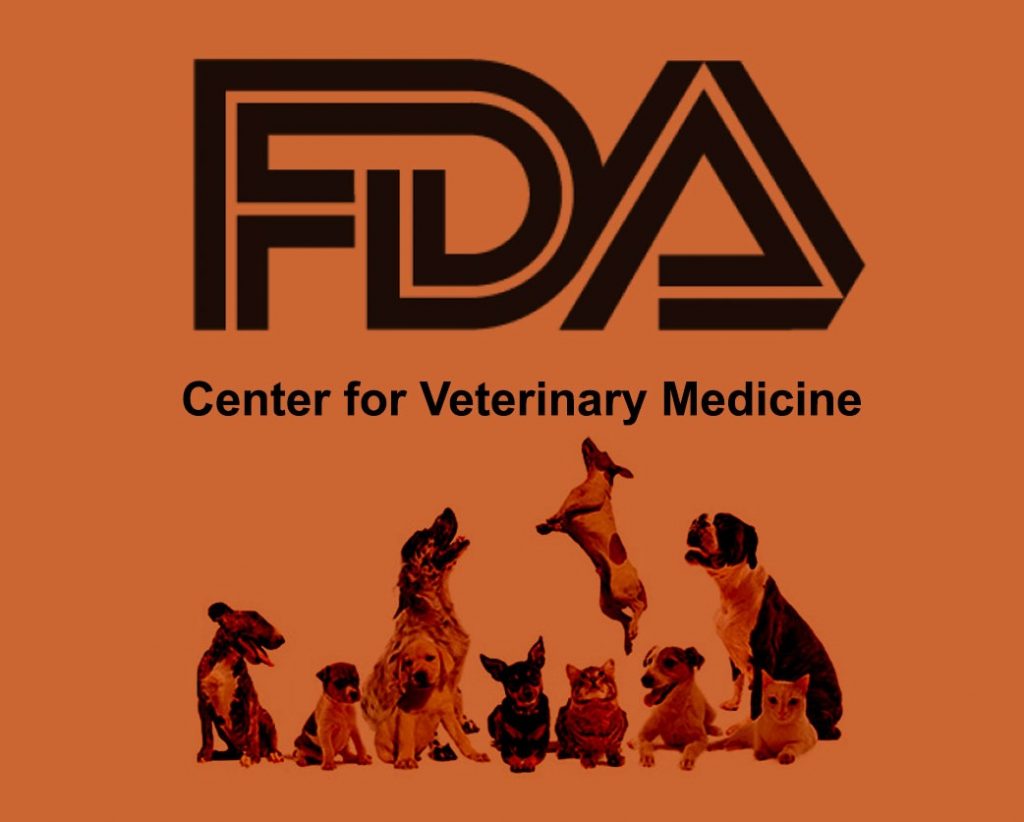Removing tear stains from around a dog’s eyes just got complicated: The FDA issued warning letters to the makers of several stain-removing products for failing to have them reviewed for safety and effectiveness.
The products include the antibiotic tylosin tartrate, which is not approved for treating conditions related to tear stains. (The overflow of tears from a dog’s eyes onto its face is called epiphora.) The targeted products include Angels’ Eyes, Angels’ Glow and Pets Spark as well as the export products Glow Groom and Health Glow. The FDA may take more serious actions against these products if they continue to be marketed.
Tylosin is a bacteriostatic antibiotic: it doesn’t kill the bacteria; it keeps them from reproducing. It is used by vets to treat some infections and chronic diarrhea as well as to promote growth in food-producing animals. (Tylosin tartrate is a form of tylosin that makes it more effective for some uses.)
What causes tear stains?
An overflow of excess tears is a symptom of an underlying condition. It happens when the tears that keep the eyes moist can’t drain through the dog’s tear ducts and nose. Many things can cause such a blockage: eye irritation or inflammation, infection, allergies, a blocked tear duct, glaucoma or other eye diseases, ulcers on the cornea, an injury to the face, or simply how the face is shaped. Sometimes it happens if the dog makes too many tears.
To diagnose the problem, a vet will check the dog’s eyes, looking for infections or injuries, and then check for a blocked tear duct. This is done by putting a drop of fluorescein stain in the eye, keeping the dog’s head tilted downward and checking to see if the stain drains down to the dog’s nose.
Depending on the results, the vet may prescribe soothing eye drops, antibiotics, anti-allergy drugs or even surgery to correct the condition.
According to VCA Animal Hospitals, while many over-the-counter remedies may help the condition, none are 100 percent successful and some are dangerous. Hydrogen peroxide, for example, should never be used around a dog’s eyes. While VCA notes that low doses of tylosin and other antibiotics such as doxycycline, tetracycline or metronidazole may help, they are “no longer recommended due to the risk of developing bacterial antibiotic resistance, rending these valuable antibiotics worthless for human and veterinary use.”
If your dog goes to a groomer regularly, it’s important to check that the groomer doesn’t use these products on your dog.
They suggest adding fresh chopped parsley or parsley flakes to a dog’s food; cleaning the area with Diamond Eye® or a similar product or wiping the area every day with MalAcetic® wipes. The wipes, which can be found at Amazon.com, Drs. Foster and Smith and other places, have boric acid, acetic acid, hydrocortisone and ceramides in them to fight bacteria and fungi and soothe and moisturize irritated skin. It’s important to keep the wipes away from the dog’s eyes.
There are several types of FDA approval for drugs intended to be used to treat animals. An unconditional approval means that the drug has been reviewed and found to be safe and effective when used according to the label. Approval also means that the label has been found to be truthful and complete, and that the drug’s strength, quality and purity are consistent from batch to batch.
A drug can be conditionally approved before its effectiveness review is complete if the FDA has found that it is safe and likely to be effective when used according to the label directions.
